Explore how the abacus is used in different cultures around the world and its significance in their mathematical traditions.
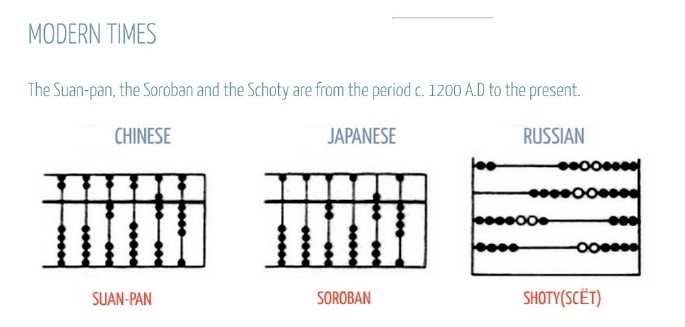
The Abacus has a rich history and is used in various forms across different cultures around the world. Here’s a glimpse into its significance in some cultures:
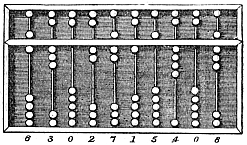
Chinese Abacus (Suanpan): The Chinese abacus, known as the suanpan, has a long history dating back to the 2nd century BCE. It consists of rods and beads and is used for arithmetic calculations. The suanpan is still used in China and other parts of East Asia as a tool for teaching math and developing mental calculation skills.
Japanese Abacus (Soroban): The Japanese abacus, known as the soroban, is similar to the Chinese suanpan but has fewer beads. It is widely used in Japan, where it is taught in schools as part of the math curriculum. The soroban is known for its efficiency in performing calculations and is used by people of all ages.

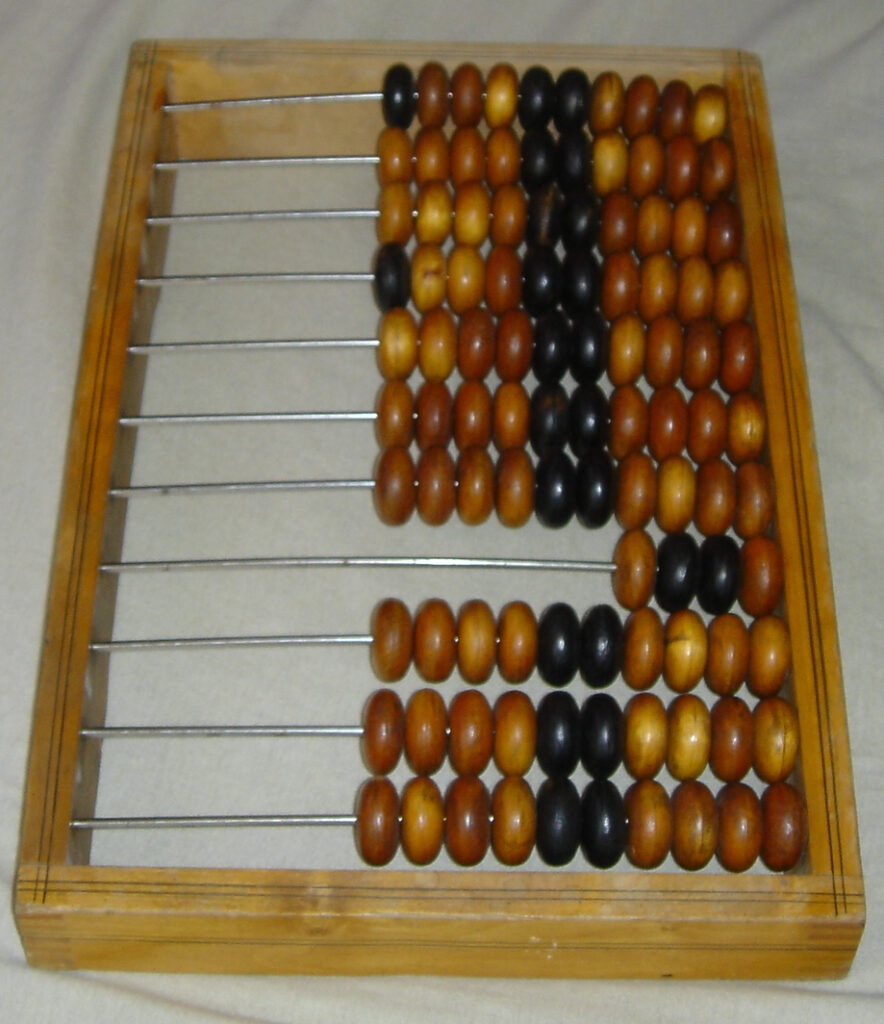
Russian Abacus (Schoty): The Russian abacus, known as the schoty, is used in Russia and other Slavic countries. It consists of beads arranged on parallel wires and is used for addition, subtraction, multiplication, and division. The schoty is still used in some schools and businesses in Russia.
Roman Abacus: The Roman abacus was used in ancient Rome and was based on the Greek model. It consisted of a board with grooves where counters or stones could be moved to perform calculations. The Roman abacus was used for accounting and was an important tool in Roman commerce.
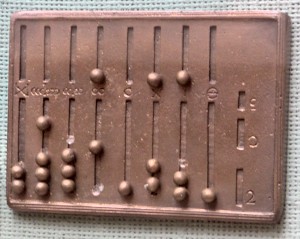
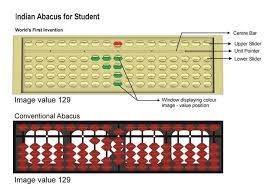
Indian Abacus: In India, the abacus has been used for centuries as a tool for teaching math. The Indian abacus, known as the suan-pani, is similar to the Chinese suanpan but has some variations in the arrangement of beads. It is used for teaching arithmetic and is also used in some schools as a tool for developing mental calculation skills.
These examples highlight the diverse ways in which the abacus is used in different cultures and its significance in their mathematical traditions. Despite the variations in design and usage, the abacus remains a timeless tool for teaching math and developing mental calculation skill

